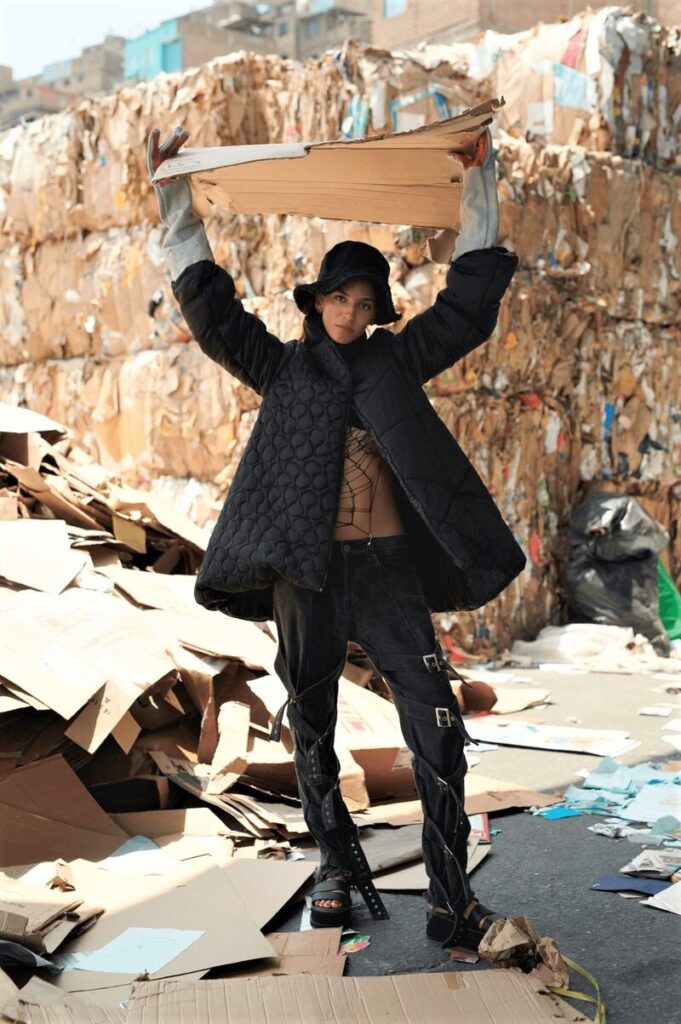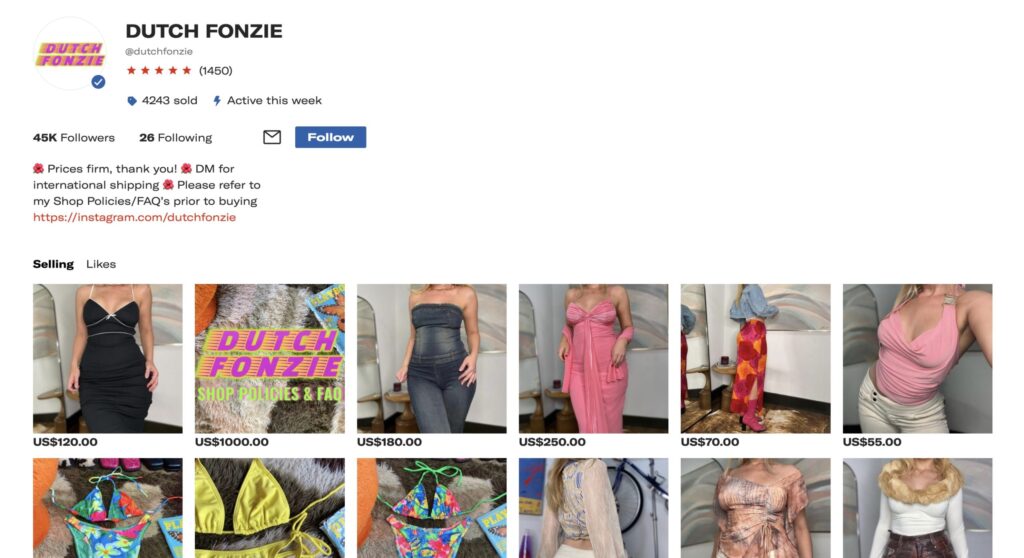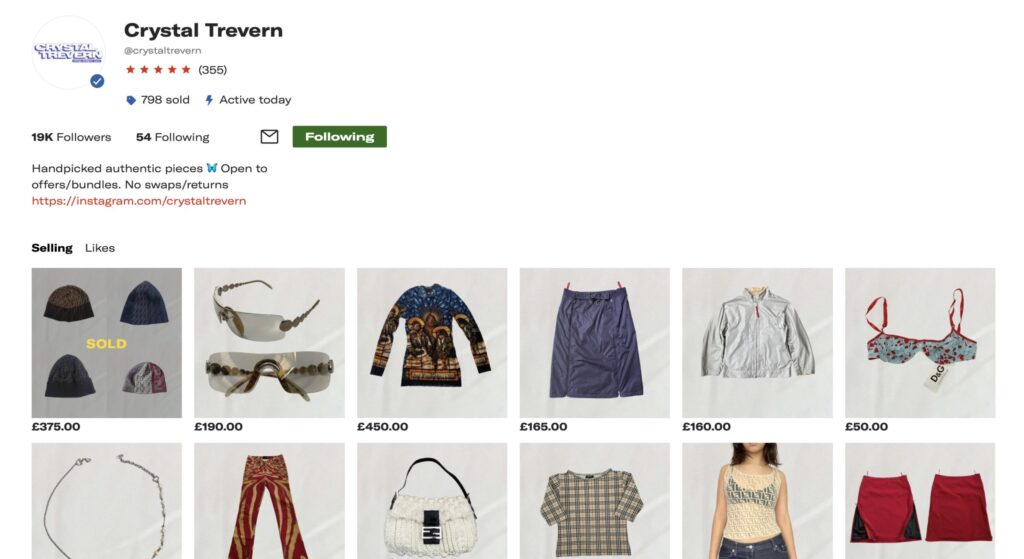By: Faith Phillips
The horrifying effects of the fast fashion crisis have been exposed through the environmentalism movement and bolstered the conversation around shopping more sustainably in an effort to “do what you can”. The true responsibility of moving towards a more sustainable clothing industry should be placed on the massive fast fashion corporations that continue to give weak and performatory attempts to incorporate eco-conscious practices. Until that behavior is no longer condoned by the government and specific environmental regulations and fines are imposed, consumers are attempting to limit personal involvement in the fast fashion cycle through thrifting. As a result, the secondhand industry has blossomed, especially within Gen-Z as over 40% of Americans aged 18-24 shop secondhand annually.


Photography By: Alexander Neumann
Platforms such as Tiktok and Instagram also promote the practice of thrifting which has contributed to its rise in popularity.


However, while a great solution for some, thrifting is not a feasible and accessible solution for all. For in person thrifting, there are quite a few barriers to entry that make thrifting an overwhelming, time-consuming endeavor. Thrifting requires a larger time commitment than going to H&M or Zara because the stores often have a larger volume of clothing separated into broad categories which requires more time and patience to sort through.

Source: STELLA MCCARTNEY NIKE H&M SUSTAINABLE FASHION REPORT
Oftentimes, even with the larger quantity of clothing, there are less items for specific groups of consumers such as petite or plus size clothing which means digging through racks of clothing with the possibility of coming up empty handed. For the lower-working class, usually the demographic that can only afford thrift-priced clothing, thrifting simply isn’t feasible or enjoyable after a long working day. The online resale market is expected to reach $38 billion by 2027, according to a ThredUp report and over 58% of Gen Z purchased secondhand clothing online in 2022.

However, online thrifting poses its own set of challenges. One of the most popular online thrifting platforms is Depop but over the past 5 years, the app has come under scrutiny as many sellers thrift items at a very cheap price and then upsell on the app in order to make a large profit. Using keywords such as “yzk” and “vintage” amongst many others to draw in consumers, people who rely on secondhand clothing for new clothes are deterred from purchasing through online platforms because of the high markups.


Even on other platforms such as ThredUp, Poshmark and Vinted, that might have less resellers, the websites are still overwhelming and specific engine searches can lead to thousands of results which, once again, requires time to sift through. While sustainability has become a large consideration for purchasing habits, clothing consumers also care about buying clothing they feel and look good in at a price point they can afford. For some people, it’s not realistic for them to constantly thrift and they shouldn’t be villainized if the only clothing they can afford outside of thrifting is fast fashion. While more people are consciously choosing to shop secondhand in order to do their part, it’s important to recognize that consistently being able to thrift is a privilege- a privilege that many people don’t have.

